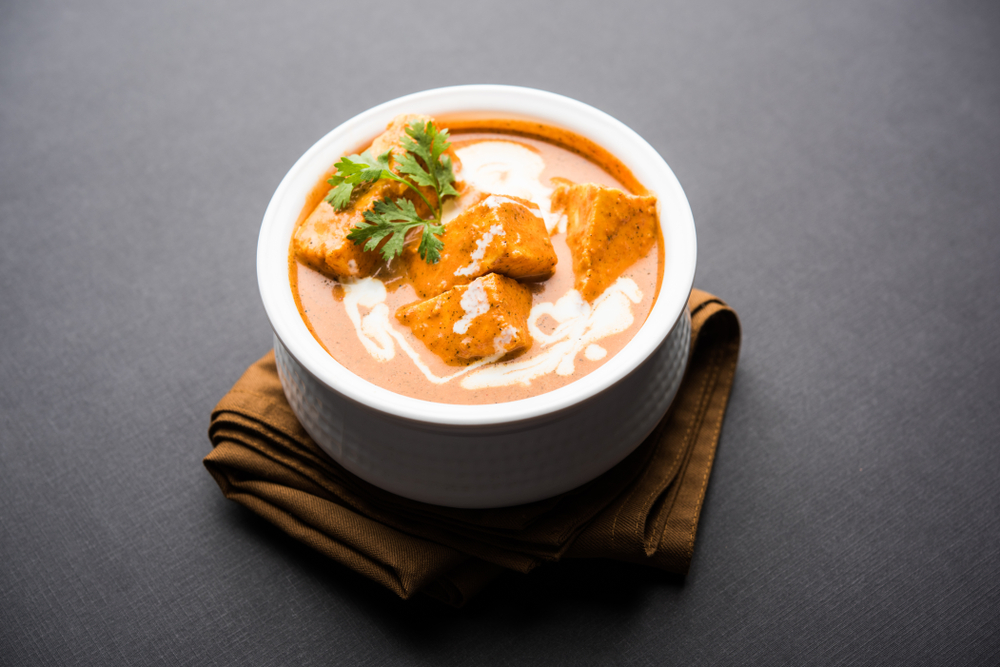The Surprising Reason Brownsburg Indian Food in the US Tastes Milder

Introduction:
If you’ve eaten at an Indian restaurant in Brownsburg, Indiana, or other places in the US, you have likely found that the food tends to taste much milder than your experience in India or real authentic home cooking. For many diners, that ain’t a bad thing, but where’s the heat? Why do Indian restaurants in the U.S. tone down the flavors and spices? The answer is a cultural change, food strategies, and customer preferences. In this blog, we explore the unexpected reasons for the change and how Brownsburg Indian Food strikes a delicate balance between authenticity and accessibility.
Adapting to American Palates: A Balancing Act:
Understanding Local Tastes and Expectations:
Indian food is encased in amazing spices, hot chilis, and dense layers of flavor that are recognized around the world. In America, however, and in places like Brownsburg, restaurant owners quickly recognized that not every patron was willing or mentally prepared for a talented and authentic Indian heat level. Many Americans are used to spice levels and profiles that are much more subtle, and while there are adventurous diners, the average and most common customer is not used to them. For example, Butter Chicken and Paneer Tikka Masala seem to be everyone’s favorite because they deliver creamy, slightly sweet flavors with subtle spice, which captures the essence of Indian food without the normal heat.
How Brownsburg Restaurants Benefit from Adaptation:
Indian restaurants in Brownsburg increase their clientele by reducing heat levels and creating a welcoming, friendly, and positive first experience for potential future customers of Indian food. This accessibility raises the likelihood of repeat visits, broadens diners’ willingness to try more menu options, and overall makes Indian restaurants in Brownsburg a good family restaurant choice; everyone can comfortably dine together without worrying about heat levels that some family members may not enjoy. For Indian restaurants in Brownsburg, this negotiation between cultural authenticity and accessibility is strategically customer-centered.
Ingredient Availability and Sourcing Challenges:
Differences in Local Ingredients and Spice Potency:
A slight reason for the more muted flavor is because of the very spices that are used. Many spices that are found in India, for example, particular types of chili, pepper, or cardamom, are locally sourced and therefore much fresher and punchier. In the US, restaurants get their spices either imported or some mass-distributed version of the original. Many common ingredients, such as cream, yogurt, and butter, used in Indian restaurants in the US come from other dairy sources. This changes the taste ever so slightly in the final products, such as Chicken Korma and Malai Kofta, for example.
How Brownsburg Indian Restaurants Manage These Challenges:
To ensure quality, Brownsburg’s Indian chefs regularly modify recipes, techniques, and spice mixtures to fit the ingredients they have available. They can put more creamy base in the recipe, add slight sweetness, or reduce the chili so that it tends to taste better and be more balanced, even though it is not the same intensity of spice as the original recipe. Slow shortening and thoughtfulness do demonstrate culinary talent and ingenuity, and they guarantee each plate pleases local expectations, while a value for deliciousness remains intact. Arriving at Brownsburg Indian Food represents this thoughtful adaptation to cuisine, emerging flavourful dishes that honour traditions, while appealing to local tastes.
Cultural Fusion and the American-Indian Dining Experience:
The Rise of Fusion Dishes for a Wider Audience:
The Indian restaurants in Brownsburg do not simply serve Indian customers—they create experiences for all Americans. This has led to fusion dishes that cook with Indian flavors and American favorites, while reducing spice to adapt it to this area. Dishes such as Mac and Cheese Tikka or Chicken Tikka Pizza take the rich spices of Indian cooking and fold them into comforting known formats, which will appeal to a mainstream audience.
The Benefits of Fusion for Brownsburg’s Indian Food Scene:
By offering these imaginative alternative fusion dishes, Brownsburg restaurants that serve Indian Food make the cuisine memorable and appeal to diners who might be less adventurous. By providing approachable Indian food options, they expose more individuals to the ethnicity’s versatility, depth, and scope, which is important to both increase appreciation and excitement, but also improve revenue for the Indian restaurants, ultimately making them a staple within the community.
Conclusion:
The next time you find that your Butter Chicken, Paneer Tikka Masala, or Chicken Korma from a Brownsburg Indian Food serving restaurant tastes a bit milder than you anticipated, just remember– it’s not a compromise, it’s an adaptation. There are many variables that Indian restaurants in Brownsburg can try and navigate – local tastes, inconsistent supplier ingredients, fusions influenced by emerging trends– these adaptations are ultimately the decisions that help Indian restaurants in Brownsburg succeed. A more mild and easy-to-digest version of Indian cuisine ultimately means more people can fall in love with Indian food and culture. Appreciate the variations and enjoy the best part of two worlds! – right in Brownsburg!
